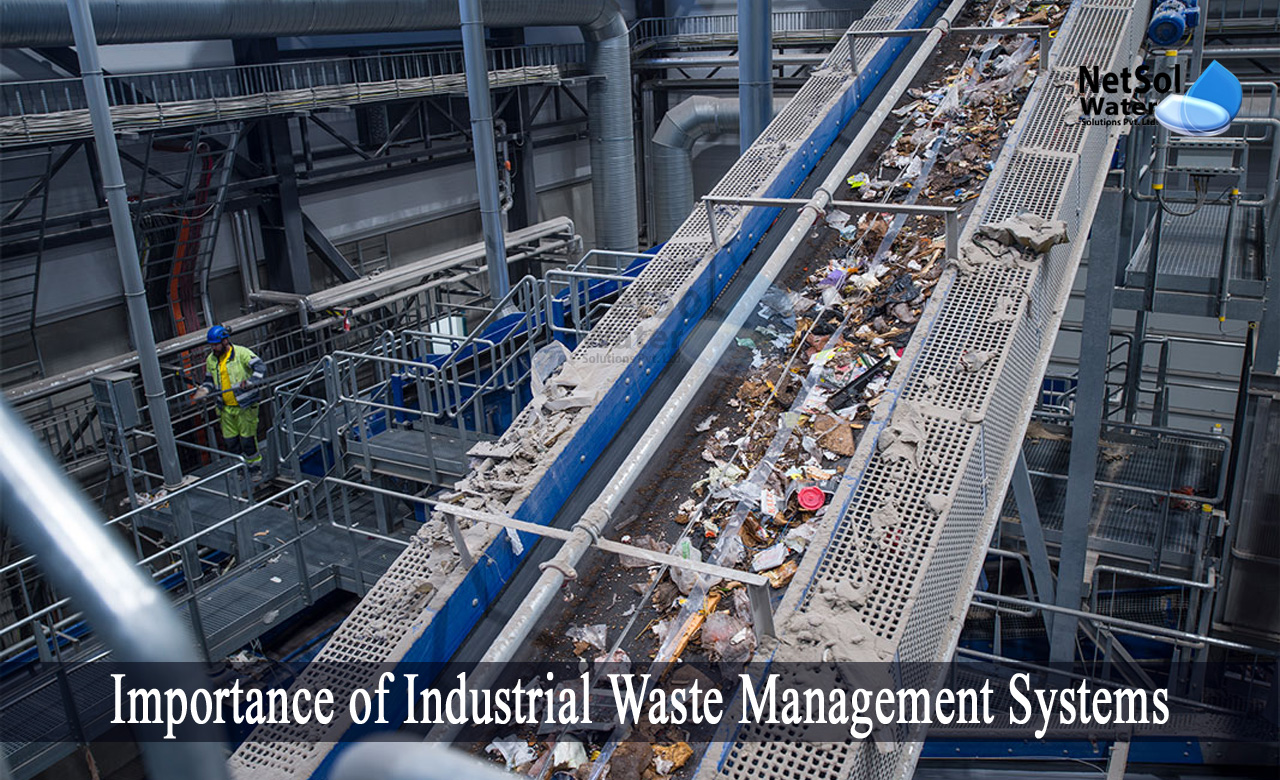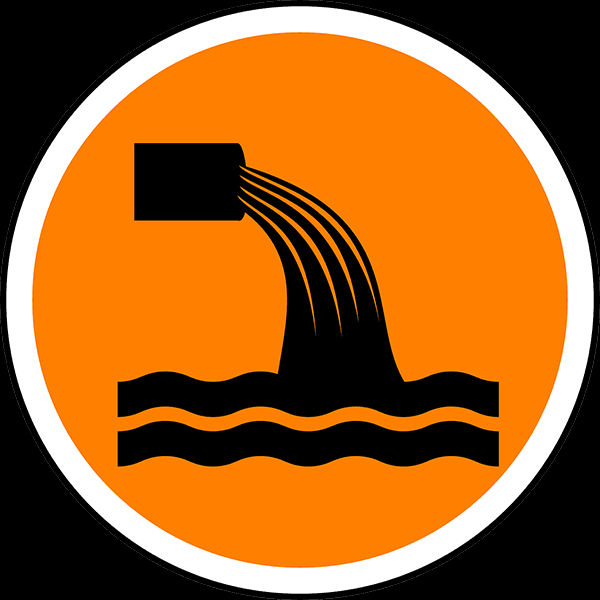All about Reclaim Waste
All about Reclaim Waste
Blog Article
All about Reclaim Waste
Table of ContentsNot known Details About Reclaim Waste What Does Reclaim Waste Do?Unknown Facts About Reclaim Waste6 Easy Facts About Reclaim Waste DescribedHow Reclaim Waste can Save You Time, Stress, and Money.
Domestic sewer waste refers to the waste and products from a residential septic container. The appropriate monitoring and disposal of domestic sewer waste require liquid waste to be moved to a sewage therapy plant where the appropriate approaches and devices are used to purify and dispose of waste.
Industrial waste usually includes possible risks, such as combustible materials or a combination of liquid and solid waste products, and calls for a much more innovative and comprehensive disposal process. The disposal of business waste typically includes the purification of waste prior to transportation to guarantee secure and correct disposal. Industrial waste is created from by-products and drainage of commercial procedures and production.
This kind of waste can not utilize the exact same sewer monitoring transportation or processes as septic or commercial liquids. The hazardous waste management process needs the assessment and screening of fluid waste prior to it undertakes the disposal procedure (industrial wastewater treatment). Drainage waste is the fluid waste that originates from drainage and excess stormwater in very booming locations or cities
Drainage waste can create contamination and flooding otherwise handled properly. Find out more about drain cleaning and waste administration. Making sure appropriate waste administration can stop catastrophes and decrease environmental harm. Both people in household setups and experts in industrial or production sectors can gain from comprehending the processes and policies of fluid waste monitoring.
The Ultimate Guide To Reclaim Waste
Contact PROS Solutions today to discover our waste management and disposal solutions and the correct methods to look after the liquid waste you create.
(https://www.blogtalkradio.com/reclaimwaste1)Do you understand what happens to your water when you disengage, flush the toilet or drain pipes the washing equipment? No? Well, it's worth recognizing. This so-called 'wastewater' is not just an essential resource yet, after treatment, will be launched to our land, waterways or the ocean. Used water from bathrooms, showers, baths, kitchen area sinks, laundries and commercial processes is called wastewater.

water used to cool equipment or clean plant and tools). Stormwater, click for more info a form of wastewater, is drainage that flows from farming and urban areas such as roofing systems, parks, yards, roadways, courses and rain gutters right into stormwater drains, after rainfall. Stormwater flows neglected directly to regional creeks or rivers, at some point reaching the ocean.
Our Reclaim Waste Diaries
In Queensland, many wastewater is treated at sewage treatment plants. Wastewater is transferred from domestic or industrial websites via a system of sewers and pump terminals, recognized as sewage reticulation, to a sewer treatment plant.
The Department of Natural Resources recommends city governments about managing, operating and maintaining sewerage systems and therapy plants. In unsewered locations, regional governments may require householders to mount private or home sewage therapy systems to deal with domestic wastewater from toilets, kitchens, restrooms and laundries. The Division of Natural Resources authorises making use of house systems when they are confirmed to be efficient.
Many stormwater receives no treatment. In some brand-new class, treatment of some stormwater to get rid of clutter, sand and crushed rock has started using gross toxin traps. Wastewater treatment takes place in 4 stages: Gets rid of strong matter. Bigger solids, such as plastics and other objects incorrectly discharged to sewage systems, are eliminated when wastewater is travelled through displays.
Wastewater then moves into big containers where solids work out and are gotten rid of as sludge. Grease and scum are skimmed from the surface area. Uses small living microorganisms knows as micro-organisms to damage down and get rid of staying liquified wastes and great particles. Micro-organisms and wastes are integrated in the sludge. Gets rid of nitrogen and phosphorus nutrients that could trigger algal blooms in our waterways and endanger aquatic life.
Reclaim Waste Can Be Fun For Everyone
Nutrient removal is not readily available at all sewer therapy plants since it needs expensive specialised tools. Clear fluid effluent created after treatment may still have disease-causing micro-organisms - liquid waste removal.

Most wastewater streams into the sewage system. Under the Act, local federal governments administer authorizations and licences for ecologically relevant activities (Periods) including wastewater launches that might have a neighborhood effect.
Reclaim Waste - An Overview
Otherwise, samples are considered laboratory analysis. Commonly many tests are required to develop the degrees of each of the different contaminants such as oils, heavy steels and chemicals in water. Monitoring supplies valid information about water high quality and can verify that permit problems are being fulfilled. The details obtained through monitoring offers the basis for making water high quality decisions.
Report this page